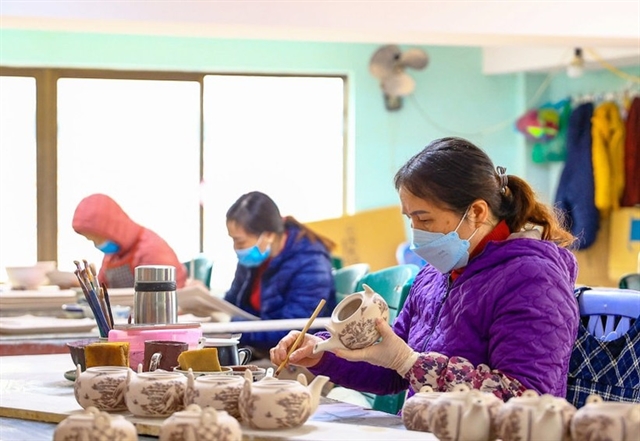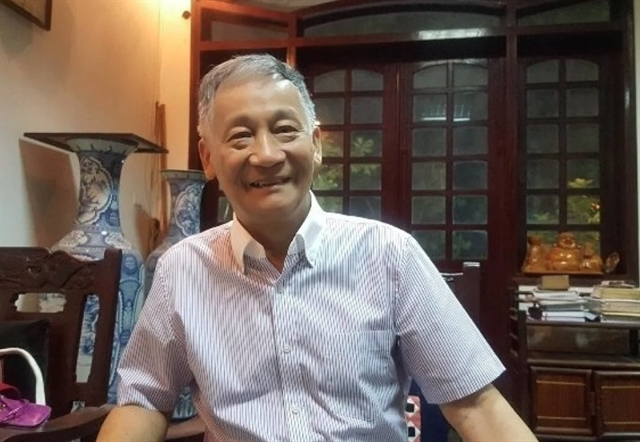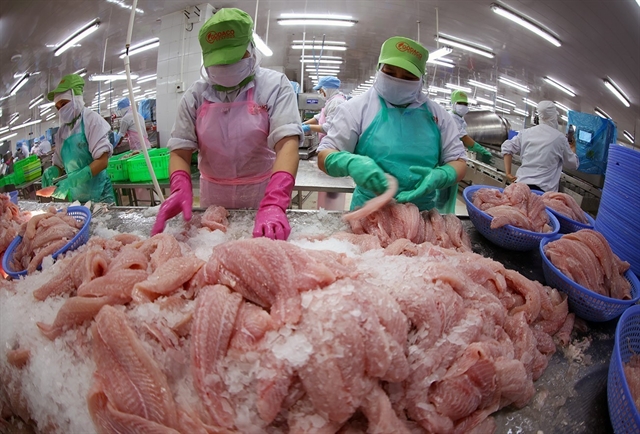 Society
Society

HÀ NỘI – The Ministry of Agriculture and Rural Development is proposing the construction of two dams on the Red River in Xuân Quan, located in Hưng Yên Province and Long Tửu, in Hà Nội.
This aims to mitigate the downstream impacts of reduced water levels caused by recent erosion in the Red River bed, which has adversely affected irrigation systems. Professor Vũ Trọng Hồng, former Deputy Minister of Agriculture and Rural Development, talks to VOV Traffic about this issue.

|
| Professor Vũ Trọng Hồng, former Deputy Minister of Agriculture and Rural Development. |
The Ministry of Agriculture and Rural Development has proposed the construction of two dams on the Red River. What is your opinion on this proposal?
The Vietnam Academy for Water Resources previously proposed constructing a dam on the Red River in the Xuân Quan area in Hưng Yên Province, and now plans to build another.
Polluted rivers will not affect the construction of these dams, as the dams primarily aim to augment the water levels upstream rather than the entire river. These dams will act as reservoirs because it is only located in their respective areas. The polluted water areas are typically at the downstream. Therefore, constructing a dam upstream could potentially reduce the downstream water flow, leading to a buildup of pollutants in those areas.
Without a constant upstream water source, I think that the construction of dams could have adverse effects contrary to their intended purpose.
How can the dam construction affect the water flow and ecosystem of the Red River Delta?
The Red River serves a vital role beyond just providing water for agricultural or electrical production, it also helps maintain the silt concentrations essential for irrigation in the northern regions.
A decline in silt levels could lead to erosion in the Red River Delta, potentially allowing saltwater from the sea to intrude further inland. There was a time when saltwater encroached as far as the Thường Tín area. The Red River is the primary watercourse, any obstruction to its flow could facilitate the ingress of saltwater, significantly impacting the water flow.
Moreover, the continuous supply of silt from the Red River is critical for sustaining the Delta's ecosystem. So impeding the river flow will aggravate the erosion issues. That’s a lesson from the Mekong Delta, when the Mekong River flow was obstructed, leading to increased erosion and rising sea levels.
Hà Nội is planning to develop the urban area along the Red River. How will the construction affect the city’s development plan?
Previously, Korean experts came to Hà Nội to assist in the development of urban areas on one side of the river. However, the project could not be implemented.
I think the concept of urban development along both sides of the river involves the construction of more restaurants and roads. However, it's crucial to consider that the Red River serves as the primary floodway for the Northern Delta. Consequently, determining the main flood drainage route is imperative for urban development planning. Currently, the Government has not identified this route.
Lessons from Đồng Nai River are examples. In the past, land dumping along both banks of the river obstructed flood flows, leading to erosion and the narrowing of banks. While dams constructed upstream aimed to alleviate these issues, downstream erosion happened.
If we build a dam in Xuân Quan, the downstream at Xuân Quan will be soon eroded. Therefore, a comprehensive research approach, including the analysis of satellite images and direct assessments of river stability, is essential before proceeding with urban development projects along the Red River. Failure to do so could pose serious risks. This matter needs careful consideration and planning in Hà Nội's development efforts.
What do you think about the practicality of dam construction? If it is carried out, what does Hà Nội need to do to prepare?
Firstly, the Agriculture and Rural Development Ministry needs to determine whether to construct a temporary or permanent dam. The choice between these options significantly impacts the project's feasibility, with permanent dam construction requiring substantial funds compared to temporary solutions. The dam's construction not only affects the agricultural sector but also impacts transport, water supply and drainage systems.
So the comments from the Ministry of Natural Resources and Environment are indispensable to define the Red River's role and assess the proposal's broader environmental implications.
Secondly, soliciting feedback from relevant ministries is imperative. For instance, the Ministry of Construction and residents should be consulted regarding water supply for domestic use. Furthermore, people's boats and ships have been travelling back and forth to trade between upstream and downstream, but now there is a dam, and passing through that will have to pay taxes.
Furthermore, if construction proceeds, it warrants scrutiny from the National Assembly. Seeking opinions from downstream provinces is crucial to gauge their approval or dissent regarding the project's impacts. – VNS




